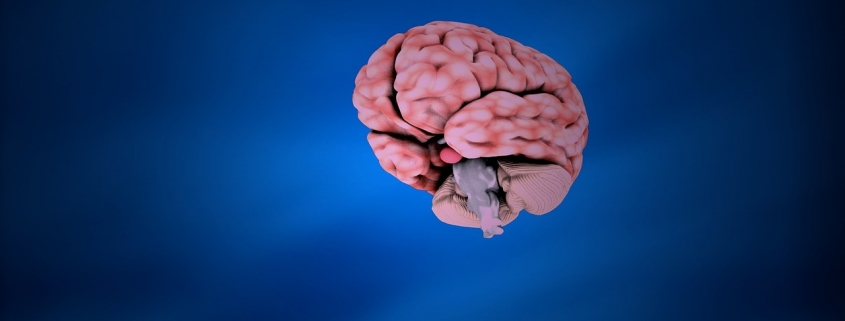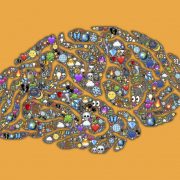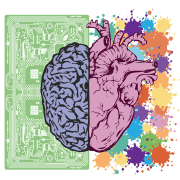The cerebellum, ADHD and dopamine?
Worldwide, ADHD is seen in approximately 5.29% in the paediatric population and 3.4 % in adults. The disorder is more common in boys than girls.
Characteristics of ADHD:
- Excessive levels of inattention;
- Impulsivity;
- Hyperactivity.
In addition to these core features, ADHD is often accompanied by other symptoms such as:
- Executive dysfunction;
- Emotional control deficits.
The heritability of ADHD is known to be approximately one of the highest in psychiatry.
Recent neuro imaging has focused on prefrontal striatal circuits since executive function deficits and reward delay problems associated with this network impairment are considered crucial for explaining the behavioural manifestation of ADHD.
An increasing number of studies found structural and functional disturbances of brain structures other than the prefrontal cortex and the basal ganglia, involving the parietal and occipital areas and the cerebellum.
So how can the cerebellum be involved in ADHD?
Children with ADHD suffer a wide range of motor deficits with a frequency range between 30% to 50%. Here are some traits that pertain to this association:
- Fine motor skill disability;
- Mild dysfunction in muscle tone regulation;
- Difficulties in coordination between the right and the left arm and leg.
All of these traits depend, to some extent, on cerebellar function.
It is Castellanos that found that, in 152 children, there was an overall reduction in cerebellar volume in the ADHD group compared to typically developing controls.
It is Mostofsky that found a smaller posterior vermis in a sample of 12 boys with ADHD.
What about the dopamine connection?
If it’s true that the dopamine receptors are minimally present in the cerebellum, it is involved in regulation of dopaminergic by indirect mechanisms. Dopamine transporter (DAT) has been localized in the posterior-inferior vermis in the non-human primate. In this respect, the vermis and paravermal regions of the cerebellum have a modulatory effect on the turn over rate of dopamine and noradrenaline in the caudate and nucleus accumbens.
Thus, abnormalities of the cerebellar vermis in ADHD patients may impair dopaminergic neurotransmission in basal ganglia. This could be related to their motivation and effort problems, which underlie some of the typical manifestations of ADHD.
Anatomy of the cognitive cerebellum
We know that there are surprisingly rich interconnections between the cerebellar dentate nucleus and multiple non-motor areas in the brain cortex, such as the prefrontal and posterior parietal cortex.
http://austinpublishinggroup.com/psychiatry-behavioral-sciences/fulltext/ajpbs-v1-id1013.php










Leave a Reply